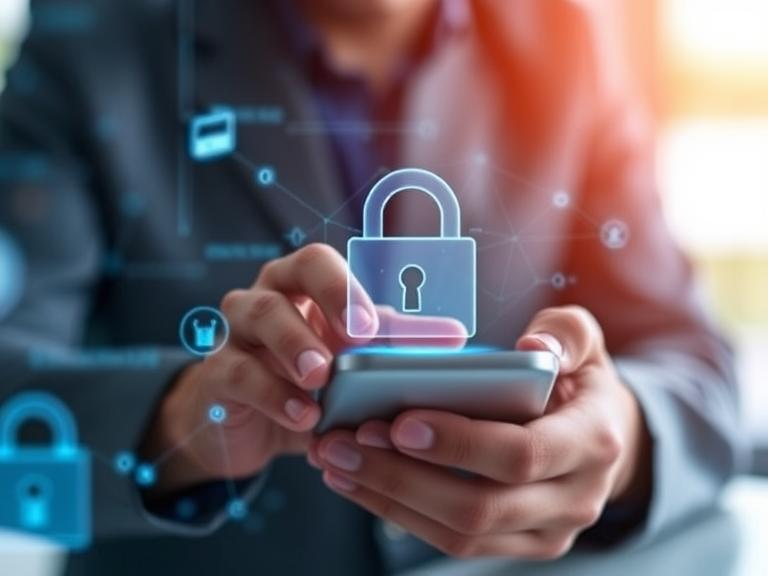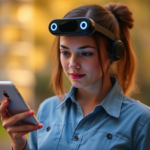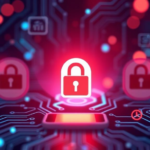Your basket is currently empty!

How to Protect Your Data on Smart Devices
Smart devices make life easier—but they also expose your personal information to potential risks. Whether it’s a phone, smartwatch, fitness tracker, or smart speaker, each gadget stores or transmits sensitive data. So how can you protect your data while still enjoying the benefits of modern tech?
- Review Permissions: When installing apps or setting up a device, carefully review what data it wants to access. Does a flashlight app really need your location? Probably not. Only grant permissions that are absolutely necessary.
- Keep Software Updated: Manufacturers regularly release updates that patch security flaws. If your gadget is running outdated firmware, it’s vulnerable to attack. Enable automatic updates where possible.
- Use Strong Passwords: Weak or default passwords are an easy way in for hackers. Use complex, unique passwords for each device and service. Consider using a password manager to keep track.
- Enable Two-Factor Authentication (2FA): Many smart gadgets and accounts now support 2FA. This adds an extra layer of protection—even if someone gets your password, they’ll need a code from your phone or email to log in.
- Secure Your Home Network: Change the default name and password of your router, use encryption (WPA3 if available), and consider setting up a separate network for IoT devices.
- Limit Cloud Syncing: While cloud backups are useful, they also carry risks. Choose services with end-to-end encryption and disable unnecessary syncing of personal data.
- Turn Off Devices When Not in Use: If you’re not using your smart speaker or webcam, turn it off or mute it. It’s a simple but effective way to limit exposure.
In the digital world, privacy is a responsibility. With a few smart steps, you can enjoy your gadgets without giving up your personal data.





